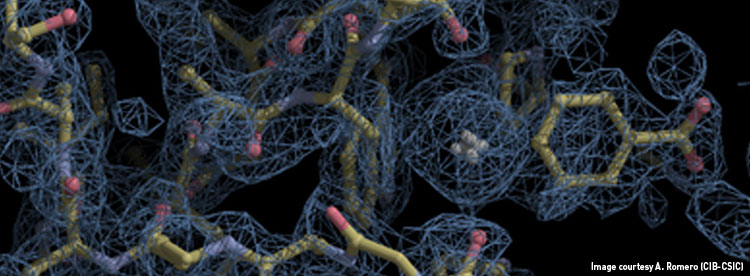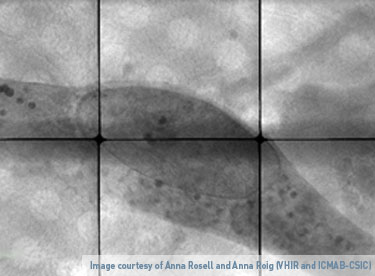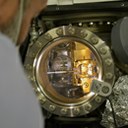
The new beamline of the ALBA Synchrotron, devoted to ARPES technique, is performing its first official experiment. A research group from DIPC-Donostia is analyzing the electronic structure of a 2D material to be used in spintronics and data storage.
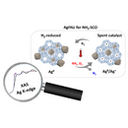
Researchers from the ITQ-UPV-CSIC, in collaboration with ALBA, have explored the use of silver nanoparticles as catalysts for the selective catalytic oxidation of ammonia, one of the main atmospheric pollutants. Thanks to the CLÆSS beamline at ALBA, researchers proved that the active catalyst for the reaction of ammonia to nitrogen and water is metallic silver, instead of silver cations. These findings will contribute to developing new methods for the elimination of ammonia released to the atmosphere in industry and in diesel vehicles.
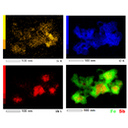
Researchers have developed a new procedure for light olefins synthesis using Fischer-Tropsch reaction. They added tin and antimony to the iron catalysts, to increase their activity. This process, called promotion, resulted in a major increase in the reaction rate. Fischer-Tropsch synthesis provides an important opportunity for utilization of biomass and plastic waste for fuels and chemicals production. The studies performed in this work enable a clear understanding of the catalytic phenomena and open perspectives for the catalyst improvements. In-situ X-ray absorption spectroscopy performed at the CLÆSS beamline of the ALBA Synchrotron played a crucial role to study the catalysts and promoters under reaction conditions.
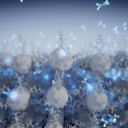
Researchers at IMDEA Nanociencia control the weakest van der Waals forces in a fullerene C60 compound by applying an external stimulus. The study represents a landmark achievement in the field of Supramolecular Chemistry, where weak forces can play a crucial role in chemical reactions. This strategy has allowed for the first time to selectively and in a controlled manner hydrogenate the C60 and may have relevant implications for hydrogen storage. Researchers used the XALOC beamline at ALBA to determine the crystal structure of the compound.

Cadmium and mercury are toxic metals that accumulate in the environment and represent a threat to photosynthetic organisms of polluted ecosystems. A research team from the Autonomous University of Madrid has studied the effects of these harmful metals in the microalga Chlamydomonas reinhardtii, a soil-isolated unicellular photosynthetic microorganism. Using synchrotron infrared microspectroscopy at MIRAS beamline in ALBA, researchers have identified multiple metabolic alterations in the main types of biomolecules (carbohydrates, proteins and lipids) of the microalga caused by cadmium and mercury. These insights help to optimize approaches for metal descontamination.

